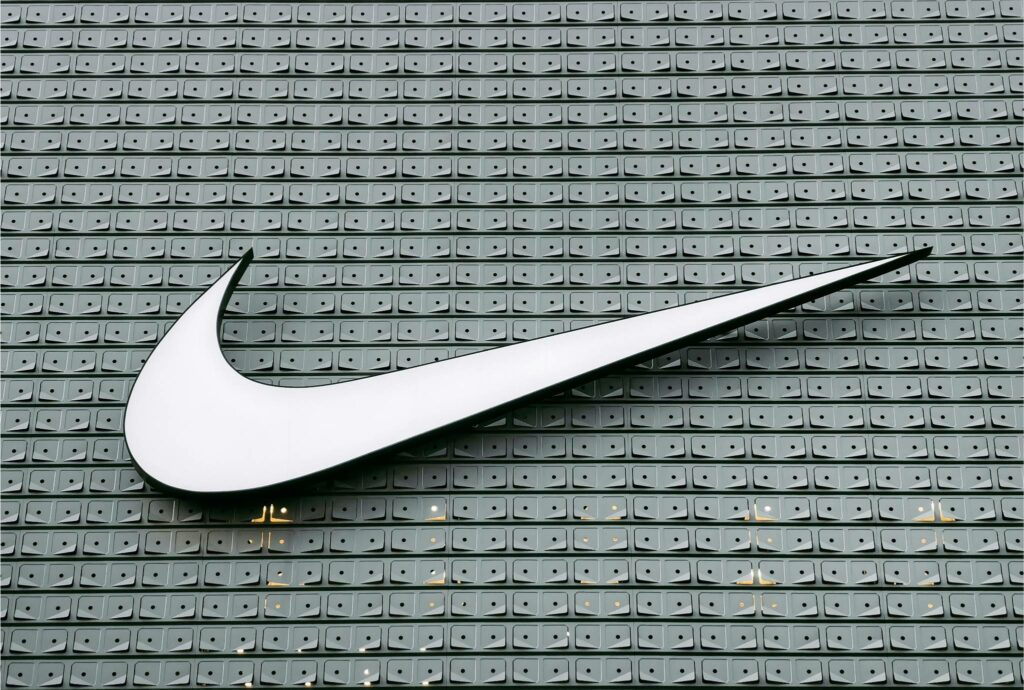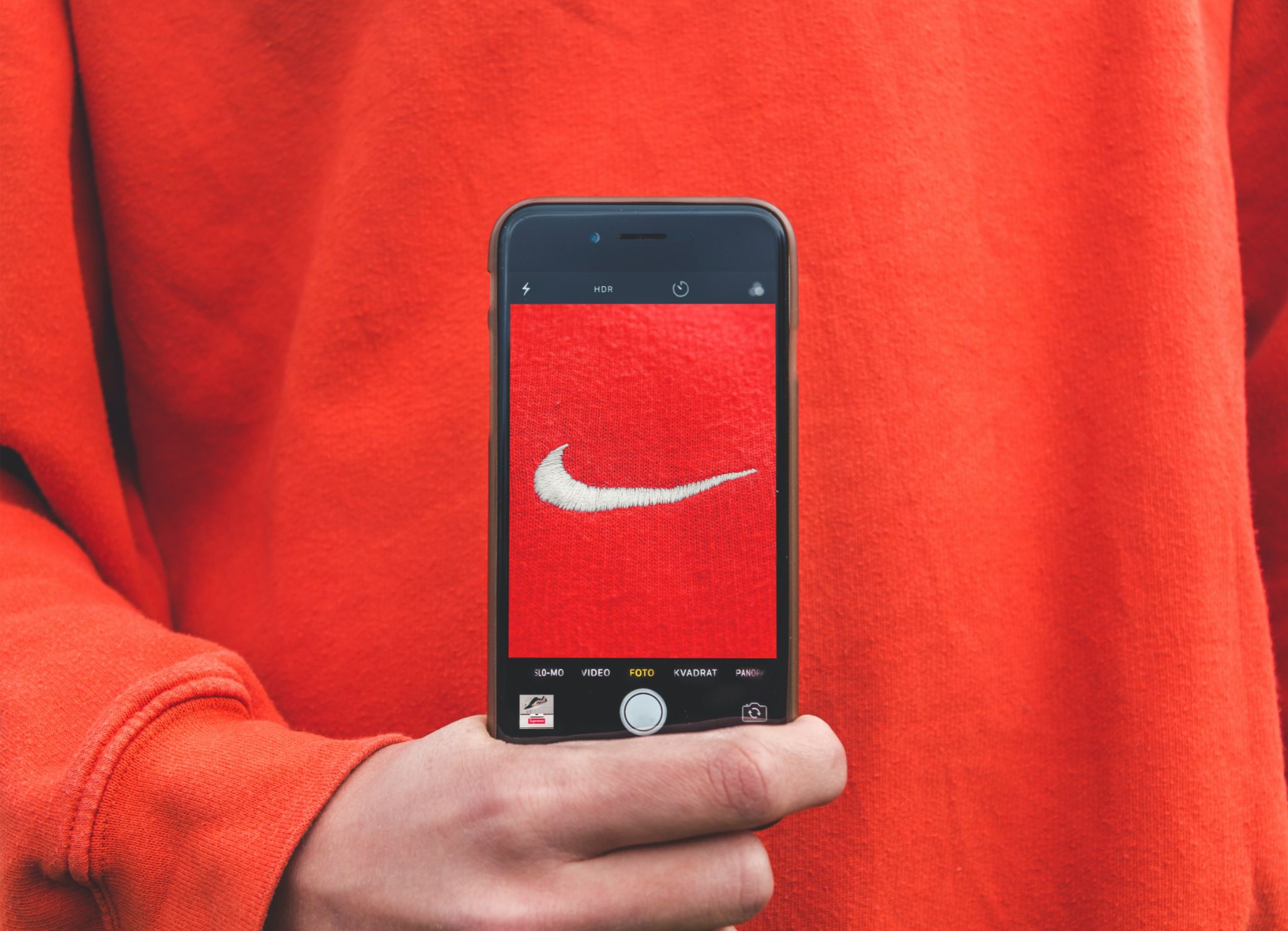Nike’s backstory
Nike, a global titan in athletic footwear, apparel, and sports equipment, has mastered the art of turning passion into profit. Founded in 1964 by Bill Bowerman and Phil Knight as Blue Ribbon Sports, the company rebranded as Nike in 1971 and quickly rose to prominence. Today, it stands as a powerhouse in the sports industry, renowned for its innovative products, iconic marketing campaigns, and strong brand presence.
Nike’s innovations
Designing, developing, marketing, and selling athletic footwear, clothes, equipment, accessories, and services is the business of Nike Inc. (NKE), a multinational footwear and apparel manufacturer. Numerous items from this brand are worn for casual or recreational purposes, even though they are primarily intended for sporting use.
Whether supplied directly to consumers via Nike retail locations and online, or via independent distributors, licensees, and sales reps, the bulk of Nike’s products are produced by independent contractors.
Adidas AG (ADDYY), ASICS Corp. (7936), Lululemon Athletica Inc. (LULU), Puma SE (PUMSY), and Under Armour Inc. (UAA) are just a few of Nike’s several significant international competitors. Nike is located in Oregon.
Nike’s accounts
The financial results for the third quarter of Nike’s fiscal year (2024) concluded on February 29, 2024, and were released in March. The business reported $1.2 billion in net profits, 5% less than the same period last year. With $12.4 billion in revenue, year over year (YOY) remained unchanged. Nike employs earnings before interest and taxes (EBIT) as a profitability statistic for each of its business sectors. EBIT fell 5% year over year to $1.4 billion.
Nike stated in its quarterly financial statement filings that the COVID-19 epidemic and its effects are still having an impact on global supply chains and causing instability in the company’s operations and worldwide business results. Because of a return of coronavirus cases, the company continues to see higher than average levels of temporary retail closures in Greater China. Long inventory transit times, which result from port congestion, traffic delays, labour shortages, and shipping container constraints, continue to affect the company’s product availability.
The business segments of Nike
Nike divides its financial data into three groups: Corporate, Converse, and NIKE Brand. The Nike Brand is further subdivided into the following geographic areas: Global Brand Divisions; Greater China; Asia Pacific & Latin America; Europe, Middle East & Africa; and North America. Over 95% of the company’s overall income comes from the NIKE Brand division.

Nike also breaks out its main product categories and distribution methods by revenue, but not by profitability. For example, in Q3 FY 2024, Nike’s product lines earned the following revenue shares: apparel (28%), footwear (68%), equipment (4%), and others. The Global Brand Divisions and Converse segments’ licencing revenue, as well as the gains and losses on foreign exchange hedging that are recorded in the Corporate segment, all contribute to the minuscule amount that is attributed to Other.
Nike discloses EBIT and sales for each of its business divisions. Negative revenue and EBIT values are not included in the data displayed in the pie charts above or in the share percentage computations in the breakdowns below.
North America’s Nike brand
In the third quarter of FY 2024, Nike’s North America division brought in $5.1 billion, or almost 41% of the entire sales. EBIT was $1.4 million, or approximately 99.7% of the total. Revenue for the segment increased by 3.2%, and EBIT increased by 18% from the same period last year.
Middle East, Africa, and Europe for the Nike Brand
Around 25% of total revenue was generated by Nike’s Europe, Middle East, and Africa business, which brought in $3.1 billion in Q3 of FY 2024. EBIT accounted for $734 million, or almost 52% of the total. During the quarter, EBIT and revenue decreased by 6.5% and 3.3%, respectively.
Nike brand: Greater China
In Q3 FY 2024, Nike’s Greater China business brought in $2.1 billion, or almost 17% of the overall revenue. Seventy-two million dollars, or more than half of the total, came from EBIT. When compared to the same three-month period last year, revenue increased by 4.5% and EBIT by 2.8%, respectively.
Latin America and Asia Pacific for the Nike brand
In Q3 FY 2024, Nike’s Asia Pacific & Latin America business brought in $1.64 billion, or almost 13% of the total sales. 471 million was EBIT, or roughly 33.5% of the total. EBIT decreased by 3% while revenue increased by 2.87%.
Converse
Under the following trademarks: Converse, Chuck Taylor, All-Star, One Star, Star Chevron, and Jack Purcell, Nike’s Converse sector designs, distributes, licences, and sells casual footwear, clothing, and accessories.
Approximately Q3 of FY 2024, the segment brought in approximately $495 million in sales, or roughly 4% of the total. About 7% of the total, or $98 million, was recorded as EBIT. When compared to the same quarter last year, revenue and EBIT decreased by 20% and 40%, respectively.
Corporate
The main source of revenue for Nike’s Corporate division is gains and losses on foreign exchange hedges pertaining to the company’s other operational segments’ revenues.”Nike Inc., Form 10-K for the Fiscal Year Ended May 31, 2023,” U.S. Securities and Exchange Commission. page 42.
In Q3 of FY 2024, the segment reported revenue of -$14 million, a sharp decline from $12 million in the same quarter the previous year. The division declared an $874 million loss before interest and taxes.
Nike also discloses the income split among its distribution channels: 55% of sales go to wholesale customers; 44% of sales are made directly to consumers via NIKE Direct; and the remaining portion is insignificant. While wholesale customers’ revenue decreased by 0.5% year over year in Q3 of FY 2024, the direct-to-consumer distribution channel saw growth of 1.5% year over year.
Nike’s recent developments
Nike recently announced significant changes to its supply chain operations aimed at enhancing customer service. Prior to winter 2020, Nike’s North American business relied heavily on distribution centres in Memphis, TN. However, the company has since transformed these centres into omnichannel facilities and established new distribution hubs in Los Angeles, CA, Bethlehem, PA, and Dallas, TX.
Additionally, Nike has opened a regional service centre in Madrid to support its European logistics centre in Belgium. Utilising cutting-edge technology like AI and machine learning, Nike is improving efficiency across its distribution network. These initiatives underscore Nike’s commitment to optimise its supply chain and deliver better experiences for customers.
Nike’s reports on inclusivity and diversity
We provide investors with an insight into Nike’s openness and its dedication to diversity, inclusivity, and social responsibility as part of our endeavour to raise awareness of the value of diversity in businesses. We looked at the information that Nike distributes to demonstrate to you how it discloses the diversity of its workforce and board in order to empower readers to make informed investment and purchase decisions.
Final thoughts on Nike’s future
Nike has a huge impact on the sports business and beyond, even as it innovates and changes. Nike is a prime example of success in a changing market by embracing sustainability, utilising technology, and building its brand.

Due to its dedication to both social responsibility and excellence, the organisation is well-positioned for future expansion and influence. Nike creates a successful formula for success in the sportswear industry by fusing creativity, global reach, and branding.
(Tashia Bernardus)
